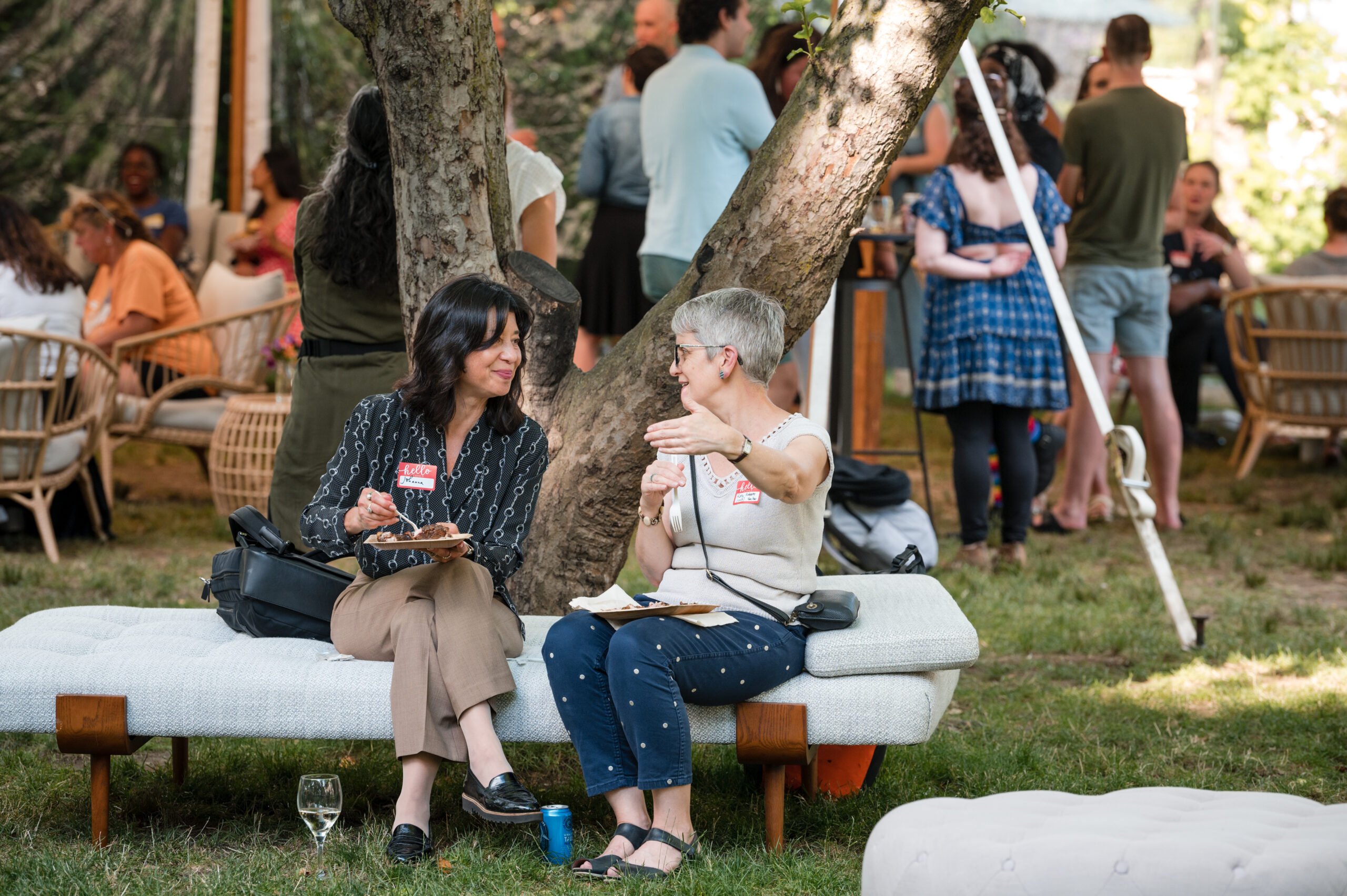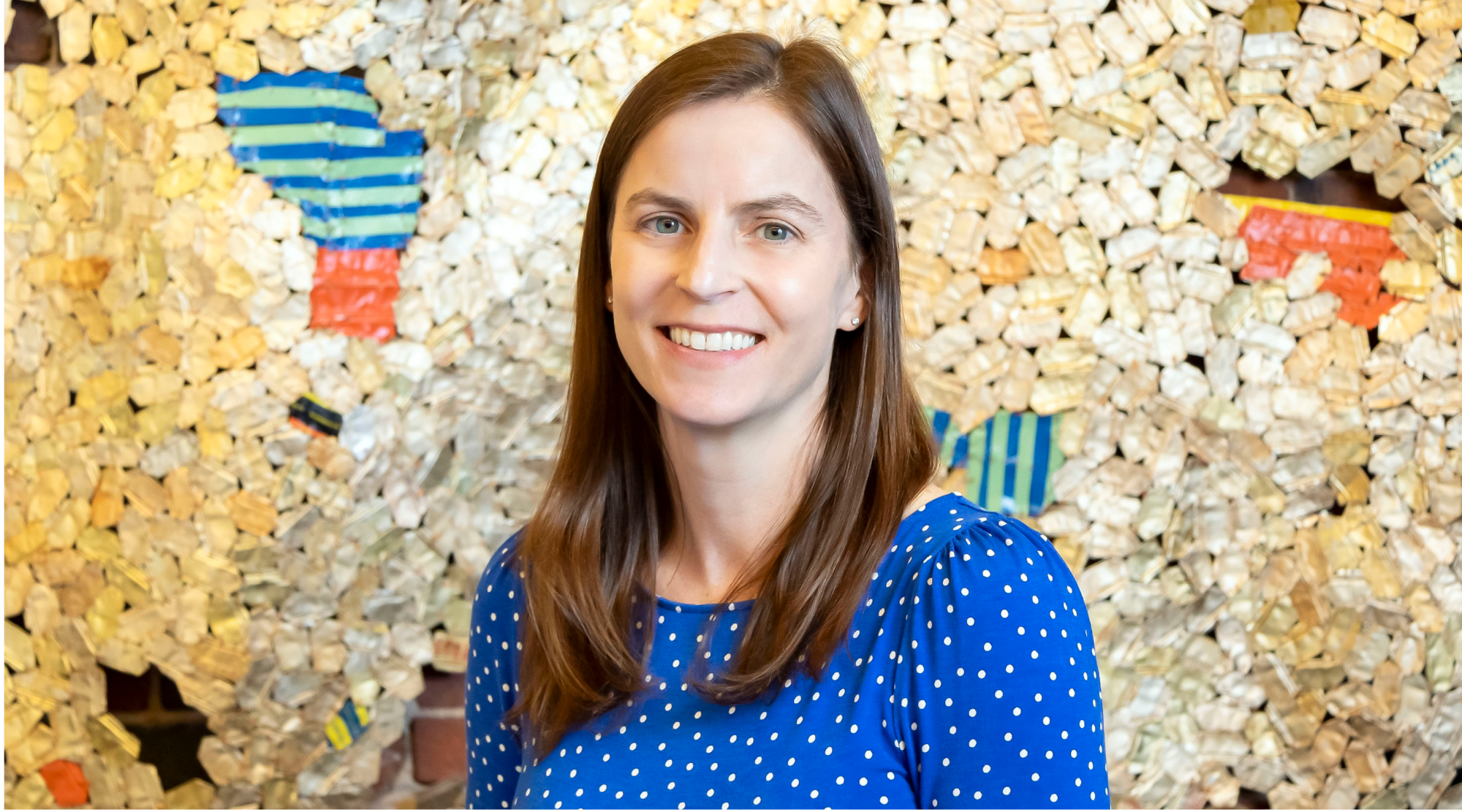In November 2022, we decided to pause activity on Barr’s Twitter account. We are now extending that pause for the foreseeable future. With this message, we want to share how we came to our decision and ways to stay connected to Barr going forward. We hope this is helpful to others grappling with the same decision.
Like many foundations, nonprofits, and mission-driven organizations making similar moves, our initial decision to pause was a response to concerning changes at Twitter following the company’s October 2022 buyout – especially related to a marked decline in content moderation and the user experience. We wanted time to see if the platform would stabilize and how. More importantly, we wanted time to reflect as a team and talk with colleagues, partners, and peers about their concerns, ideas, and any help they were looking for.
Ultimately, we determined that, for Barr, the costs of staying active on Twitter outweighed the benefits – which, on closer look, had really been decreasing for a while. Answering three key questions helped us get there:
What are our goals for social media?
One of our main goals for all communications at Barr is to build trust and strong relationships. That’s why we joined Twitter in 2014. It was Barr’s first social media platform and it provided a useful space for us to be open and transparent about who we are, what we’re up to, and why. We also came to value Twitter as an open and welcoming forum to listen and learn from peers, grantees, other partners and field leaders, and to engage in a thoughtful exchange of ideas. Over time, as we built our Twitter following, it also became a way for us to bring positive attention to our partners’ work.
We got on Twitter for what felt like good reasons. For a time, we experienced good value and results. Sometimes it was even fun. But things changed.
How have our costs and benefits of being active on Twitter changed?
It’s not so safe, civil, or trustworthy anymore. Abruptly terminating Twitter staff responsible for content moderation and not enforcing community guidelines have led to marked increases in hate speech, racial slurs, violent threats, and misinformation. The idea of a “digital town square” for open and thoughtful exchange of ideas is a worthy goal. It’s the idea that drew us to Twitter in the first place. But, for us, it’s not that kind of space anymore.
Who’s in charge and how they engage matters. It makes our engagement a values question. When we joined Twitter, we didn’t consider who owned it, their values, agenda, or the impact of their presence on the culture and quality of the online community. Today, that feels like something we need to consider. When a social media owner uses their own company to boost their personal visibility, reach, and influence, we have to ask whether they are aligned or in open conflict with our values and mission. When they author, applaud, and amplify misinformation, hate speech, and worse, we need to consider how staying (and encouraging our partners to keep following and engaging with us there) can look like we’re fine with all that, that we’re clueless about it, or that we just don’t care.
Most people who choose to follow us on Twitter don’t see what we share. One of our digital strategy partners, Forum One, recently analyzed a group of 50 organizations on Twitter and found that, on average, only 4.4% of their followers saw anything they published. We asked Forum One to look at our data as well. On average last year, only 1.9% of Barr’s 10,500 followers saw our tweets. We’d known for a while that Twitter, like other social media platforms, was changing its algorithms to favor paid over such “organic” content. So, our initial response was to join the pay-to-play bandwagon and experiment to grow our following and expand reach. Early results encouraged us to keep at it and we were gradually increasing our budget for social advertising. But Twitter’s buyout prompted us to reconsider and to ask who benefitted most from our ad dollars? It surely was not the communities we aim to serve.
How should Barr’s core value to center racial equity influence our decisions about where we engage and invest?
In 2021, Barr introduced a new core value to “center racial equity.” Across the foundation, we’ve been working to make that value concrete in our strategies, grantmaking, and how we do our work. As our team worked our way through this decision, that commitment got us asking how our choices would serve (or undermine) people of color and their experiences on social media – especially those targeted by hate speech. And we reached out to ask for perspective and advice. Across the board, our partners expressed concern over Twitter’s new direction, with several noticing an increase in hate speech in their feeds, more paid content, and loss of followers. One partner didn’t mince words – Barr shouldn’t subsidize companies run by people incongruous with its values, they said.
And we got clear about our decision.
As a communications team at a mission-driven organization, our job is not just to find a megaphone that gets our message out. Because the communications tools we choose can either serve or harm the communities we care about most. It’s not just the message and the messenger – it’s the method. And we are called to communicate in ways that are mission-advancing and values-aligned. Being open, listening, and being responsive to what best serves our mission, grantees, and partners is an important way we can demonstrate our values in action.
Let’s Stay Connected
As we wind down the time and attention we’re spending on Twitter, we are excited to have other avenues for people to stay connected and informed about Barr and our partners – ways that we’ve already seen more value from and that align better with our values. Here are two ways we encourage you to stay connected with us, and a survey to share your feedback and ideas:
- LinkedIn: We’ve been growing our presence on LinkedIn and we look forward to doing even more to build community there.
- Email: We invite you to subscribe to our email list to stay current on news from Barr and our partners with our quarterly newsletter and program-specific updates.
- Survey: We’d love to hear about places you’re considering or already gathering online and how we can connect with you there. Please complete this short survey to share that information with us as well as to offer feedback and ideas for our team.
We know firsthand this is not a simple decision lightly made. Over the years, we spent a lot of time and energy on Twitter. We built a following and a network of people we learned a lot from. And we created and contributed a lot of content we’re proud of. All that made it hard to contemplate a change – and is part of why we elected to pause and shift to listening mode, rather than exit. This also leaves open the option to ramp up our engagement, if big changes happen again, but in a positive direction.
We also recognize that many people still find value in engaging with others on Twitter and contributing to communities that may not exist anywhere else – at least not yet. Everyone’s cost-benefit calculus is different and there is not one right path for moving forward. That’s why this decision was only for Barr’s institutional account (@BarrFdn). Some of our colleagues who’ve been personally active on Twitter will likely stay engaged in some fashion. We believe each person and organization should do what is right for them and the communities they value most. And we hope that sharing about our decision is helpful to others who are grappling with similar questions.
Although where and how we communicate will certainly continue to evolve, we remain committed to our partners and our community, and we are excited to connect with you as we grow our digital strategy in other areas.






